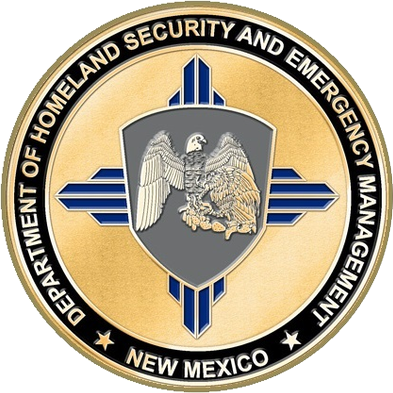FAQ
Frequently Asked Questions
SARA Title III – The Emergency Planning And Community Right-to-know Act
SARA Title III has two purposes: to encourage and support emergency planning for responding to chemical incidents, and to provide local governments and the public with timely and comprehensive information about possible chemical hazards in communities.
Under Section 313 of the Emergency Planning and Community Right-to-Know Act, certain businesses are required to submit reports each year on the amounts of toxic chemical their facilities release into the environment, either routinely or as a result of accidents. The purpose of this reporting requirement is to inform government officials and the public about releases of toxic chemicals into the environment.
Does the Emergency Planning and Community Right-to-Know Act apply to my community?
Yes. The chemicals in your community may pose a threat to citizens and to those individuals being asked to respond to emergencies involving hazardous substances. All facilities, including government facilities, in your community storing certain hazardous chemicals (exceeding specified quantities) must provide information to government agencies and local communities. Also, if there is a chemical incident which results in the release of any one of a large number of hazardous substances, immediate notification must be made to governmental agencies.
The law provides stiff penalties for facilities that do not comply, and it allows citizens to file lawsuits against companies and government agencies to force them to obey the law.
Who must report?
If you store, use or produce chemicals, requiring maintenance of Material Safety Data Sheets under the Hazard Communication Standard, that are present in your facility in excess of the appropriate threshold, and are not exempt under Title III, then you must submit Section 311 and Section 312 (Tier II) reports.
What is a “reportable chemical”?
As defined by the EPA, a “reportable chemical” refers to hazardous chemicals and extremely hazardous substances present at your facility in excess of the relevant reporting threshold and not exempt under Title III.
How specific must I be in reporting “general location”? Is a site plan necessary?
For the Tier II form, you must indicate at least the building, lot, warehouse, shed, tank, field, etc. where the chemical is stored. On the Tier II form, where practical, the specific room in a building or quadrant of a field should also be noted. The EPA also recommends that you use a site-plan to indicate where chemicals are stored at your facility. Simply copy the facility plans and mark all appropriate storage areas for your reportable chemicals. Show all symbols and abbreviations in a complete, clear notation key.
Who can serve as an emergency contact?
Anyone who can be reached at all times to aid responders in the event of an emergency can serve as the emergency contact. Many facilities already post an emergency or “after hours” telephone number. That would be appropriate here. The emergency contact does not need to be an expert on chemical hazards, but must be able to act as a referral for responders.
Must I report a hazardous chemical that is on-site for less than 24 hours?
Yes. Under community right-to-know reporting, any hazardous chemical on-site for any length of time in excess of the established reporting threshold (and not exempt under Title III) must be reported.
As a part of this community, can I obtain information about what kind of hazardous materials are stored where I live?
Yes. Members of the public can request information about the hazardous materials stored and used in their community. To do so, please contact the Hazmat Coordinator for procedures and forms.

